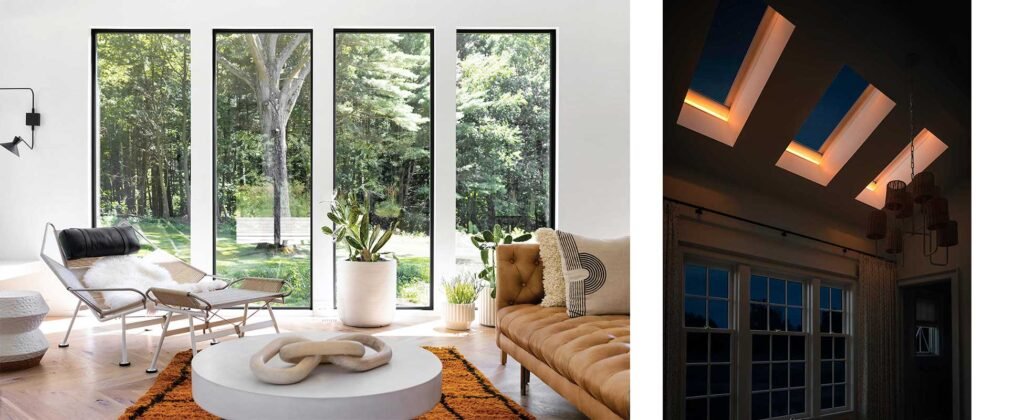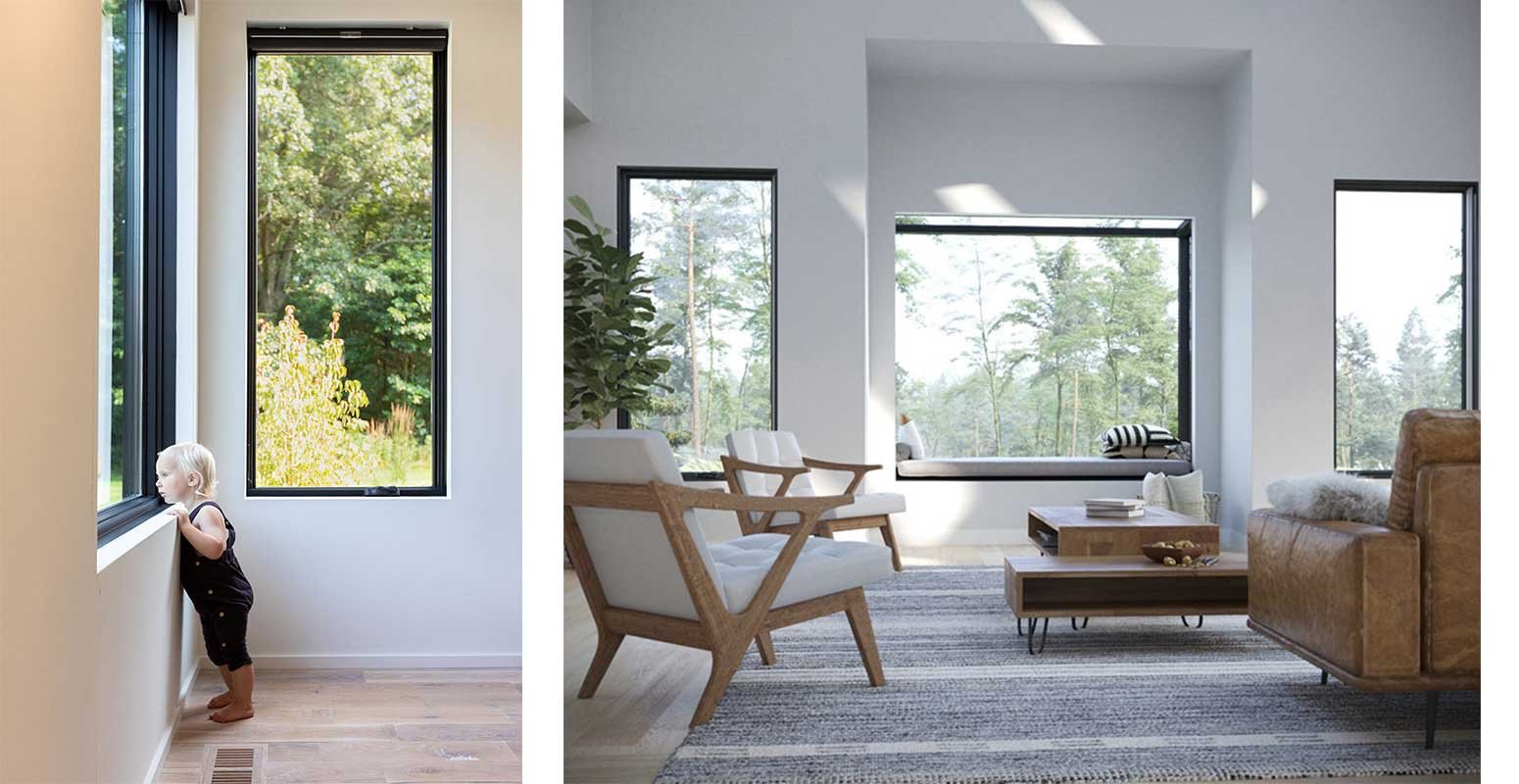The Role of Natural Light in Home Design
Natural light is not just a design element; it plays a crucial role in enhancing comfort, health, and energy efficiency in residential spaces. Understanding its benefits and incorporating daylighting strategies can transform your home into a brighter, healthier, and more inviting environment.
Benefits of Natural Light
Health and Well-being
Natural light has numerous health benefits, including:
- Vitamin D Synthesis: Sunlight exposure helps the body produce vitamin D, essential for bone health and immune function.
- Mood Enhancement: Sunlight stimulates the production of serotonin, a neurotransmitter that contributes to feelings of well-being and happiness.
- Regulated Circadian Rhythms: Exposure to natural light helps regulate the body’s internal clock, promoting better sleep and overall health.
Energy Efficiency
Maximizing natural light reduces the need for artificial lighting during daylight hours, leading to energy savings and lower utility bills. Well-lit spaces also require less heating and cooling due to passive solar heating and natural ventilation.
Aesthetic Appeal
Natural light enhances the visual appeal of interiors by illuminating colors, textures, and architectural details. It creates a dynamic and ever-changing atmosphere throughout the day, enhancing the overall ambiance of your home.

Daylighting Strategies for Home Design
1. Maximize Window Placement
- South-Facing Windows: Maximize exposure to sunlight throughout the day, especially in colder climates.
- East and West-Facing Windows: Control direct sunlight with overhangs or blinds to prevent overheating and glare.
- North-Facing Windows: Utilize for consistent, diffuse light without direct glare.
2. Use of Reflective Surfaces
- Mirrors and Glass: Reflect natural light deeper into interior spaces, amplifying its effect and reducing the need for additional lighting.
3. Open Floor Plans
- Remove interior walls and partitions to allow natural light to penetrate deeper into the home, enhancing the feeling of spaciousness and connectivity between rooms.
4. Light-colored and Reflective Materials
- Choose light-colored walls, floors, and ceilings to amplify the brightness of natural light and create a sense of openness.
- Use reflective materials such as polished stone or glossy finishes to bounce light around the room.
5. Skylights and Light Tubes
- Install skylights or light tubes in areas with limited access to natural light, such as hallways, bathrooms, or interior rooms, to bring in daylight from above.
6. Window Treatments
- Opt for light-filtering or sheer curtains that allow natural light to penetrate while providing privacy and reducing glare.
- Consider adjustable blinds or shades to control sunlight throughout the day and optimize comfort.
Integrating Natural Light into Home Design
Design Considerations
- Architectural Orientation: Align the layout of your home to maximize exposure to natural light based on the sun’s path throughout the day.
- Interior Layout: Arrange furniture and functional areas to make the most of natural light without obstructing windows or skylights.
- Seasonal Adjustments: Adapt window treatments and shading devices seasonally to optimize daylighting and minimize heat gain or loss.
Conclusion
Natural light is a vital component of home design, offering numerous benefits for health, energy efficiency, and aesthetic appeal. By strategically incorporating daylighting strategies and maximizing exposure to sunlight, you can create a brighter, healthier, and more inviting living environment. Whether you’re renovating an existing home or designing a new one, prioritize natural light to enhance comfort, well-being, and sustainability in your living spaces.



